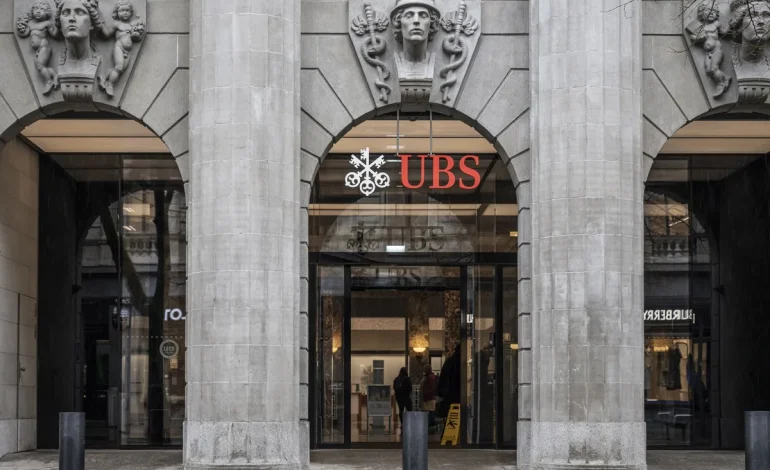Shares of UBS rose 3.8% on Friday after the Swiss government unveiled a comprehensive set of proposed banking reforms, including stricter capital requirements for the country’s largest bank.
Despite the headline figure calling for UBS to hold an additional $26 billion in Common Equity Tier 1 (CET1) capital, investors welcomed the long implementation timeline and potential for the bank to meet requirements without major disruptions.
The proposals stem from a regulatory review following UBS’s emergency acquisition of Credit Suisse in 2023—a deal aimed at averting a broader financial crisis in Switzerland. Among the new measures, UBS will be required to fully back its foreign subsidiaries with capital, up from the current 60%, and reduce its reliance on Additional Tier 1 (AT1) bonds.
Although the reforms represent one of the toughest regulatory frameworks proposed for a global bank, the earliest they would be finalized is 2027, with a six- to eight-year phase-in period. That timeline gives UBS until at least 2033—and possibly as late as 2035—to fully comply.
JPMorgan analysts said in a note to clients that the proposal is ultimately “positive for UBS” due to the long adjustment period and the bank’s ability to generate capital organically. UBS is expected to generate roughly $12 billion in annual profit and maintain dividends around $3 billion, providing room to bridge the capital gap while continuing shareholder returns.
Morningstar analyst Johann Scholtz noted that while the plan is stringent, it may mark the high watermark of regulatory pressure.
“As we expected, there will be a long phase-out for UBS to deploy this. Negotiations will start immediately,” he said, adding that the bank will have opportunities to seek concessions and adjust capital strategies accordingly.
The news came as European stock markets finished the week on a positive note. The Stoxx Europe 600 rose 0.3%, as did the U.K.’s FTSE 100, while France’s CAC 40 gained 0.2%. Germany’s DAX slipped 0.1%. Investors digested the European Central Bank’s recent rate cut and an upward revision to eurozone first-quarter GDP.
UBS’s rally helped lift European banking stocks, as the announcement brought clarity after months of speculation. The stock had been flat in 2024 before Friday’s gains, lagging behind the Stoxx Europe 600 Banks Index, which has climbed over 40% since early last year.
The proposed capital reforms would lift UBS’s CET1 ratio from 14.3% at the end of 2024 to a range of 15–17% by the time the rules are fully in effect. In addition to the capital increase, the plan includes:
Stricter treatment of intangible assets: This includes deferred tax assets and internally developed software, potentially adding $3 billion to capital needs.
Reduced reliance on AT1 bonds: The use of convertible hybrid debt as capital will be scaled back by around $8 billion.
Increased powers for regulators: The Swiss financial watchdog Finma will gain the authority to fine banks and claw back bonuses.
New liquidity requirements: Banks will be expected to hold more liquid assets eligible for central bank support.
The Swiss government emphasized that UBS is not expected to raise new equity immediately. Instead, the capital buildup can be achieved through retained earnings and internal adjustments. Officials also highlighted the importance of ensuring UBS can manage future financial shocks without exposing taxpayers to losses.
UBS has yet to publicly comment on the full scope of the reforms, but analysts expect it to continue lobbying during the legislative process. The final version of the law is not expected to be voted on before 2027.
Bloomberg, CNBC, and the Wall Street Journal contributed to this report.










The latest news in your social feeds
Subscribe to our social media platforms to stay tuned